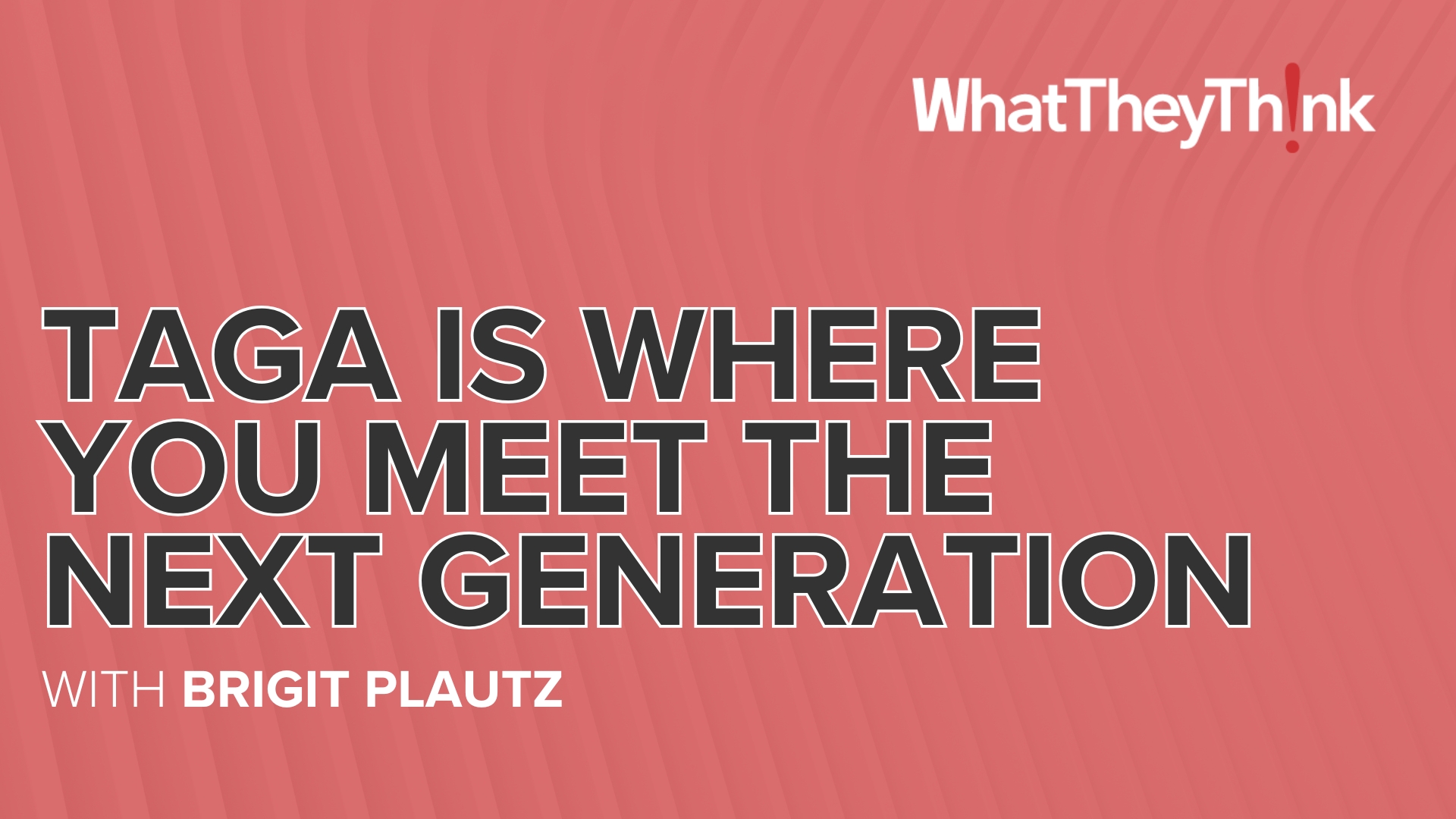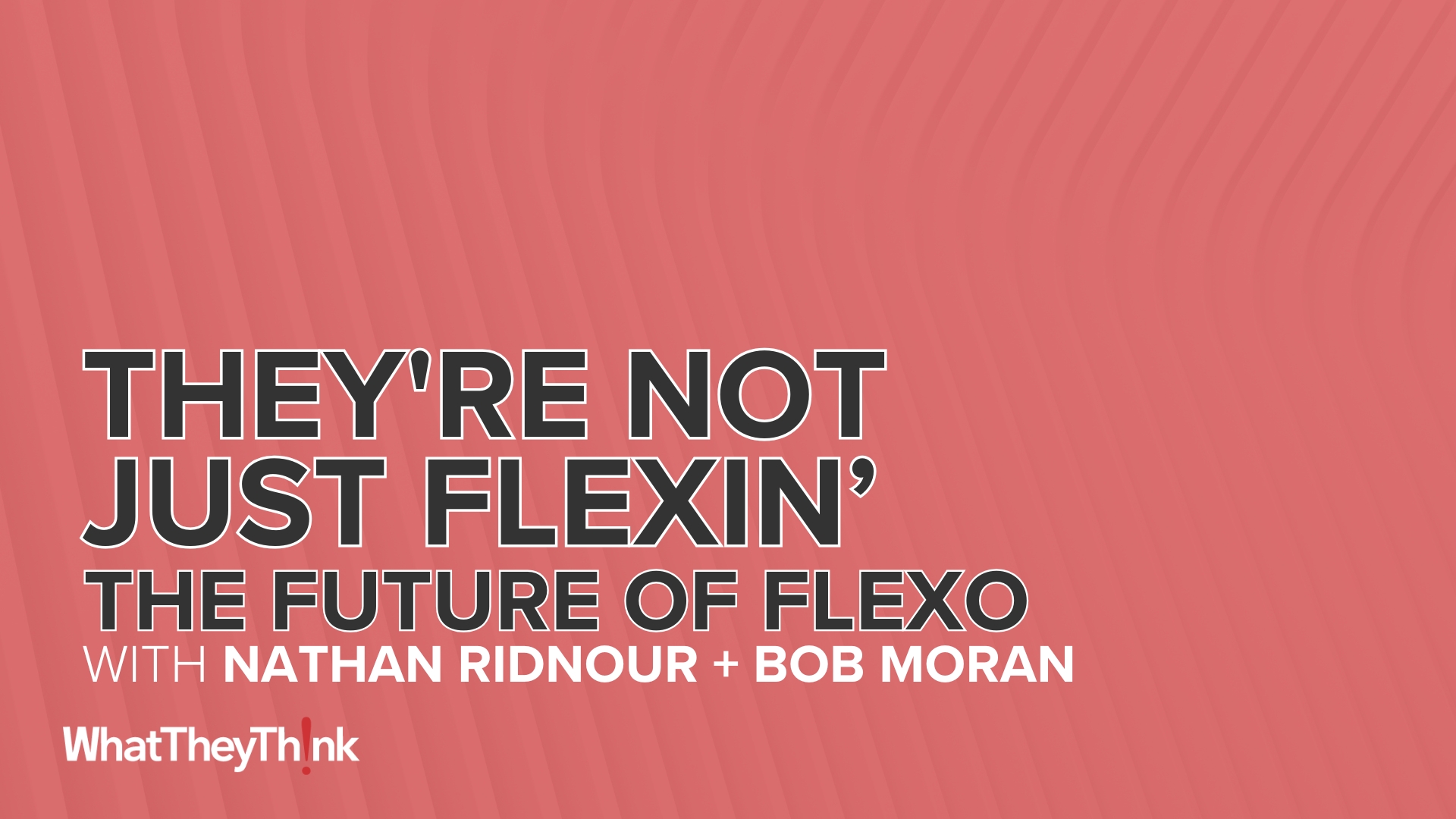This seems a bit "if Rube Goldberg ran a publishing company" to me, but is an interesting idea nonetheless. From New Scientist:
Alexander Besher's new sci-fi book...Manga Man...is available to read online for free. It's not just a traditional print novel, but comes with a swathe of pictures, video and audio.More unusually (at least by Western standards) is that the book is being published direct to mobile phones. Reading novels on mobiles hasn't really taken off over here, but it's all the rage in Japan, where the novels are sent in installments as text messages.
Usually, the degree of elaborateness of stunts like this is inversely proportional to the quality of the novel, but that could simply be a case of "contempt prior to examination" on my part and it might be worth checking out. But I suppose I shall have to now sit at the window, gazing longingly outside and waiting until someone wearing the appropriate T-shirt comes walking down the street. Which will be no easy feat, since this is not exactly T-shirt-wearing weather. Perhaps someone will imprint the QR code on a parka.















Discussion
By David Locke on Nov 24, 2008
Those barcodes represent a new response channel. They could be printed on anything. They are an alias for a webpage.
For a marketer, if anyone is going to go to the trouble of using their cell phone camera and the interpreter software to get to the associatd website, there better be a payoff.
By Michael Josefowicz on Nov 24, 2008
The cool thing about this the tech is the connection between the real world and the virtual world. Since print lives in the real world it points to lots of opportunities.
Consider in the ed space a one page full color think sheet on a topic. With the code printed.
The code takes the kid to a wiki page on the topic to get the answers to questions posed.
Given that every high school kid lives on the mobile, it's easy, quick and pretty cool.
Or consider a medical information sheet. Same idea. Or consider a government information sheet. Same idea.
By Bob Raus on Dec 03, 2008
Like PURLs, QR codes are a great way to link the physical world with the web. They have been used in Japan (mainly) for many months. Initially, they were introduced on Point-Of-Purchase displays, posters and other advertisements that were within arms length of the reader (think bus stands, stores, etc.). The QR code is read by taking a picture of the code with a mobile phone camera. The camera reads the code, opens the phone's browser and the target web page. Presto! Now my customer is on my web site!
A typical use is to have a riddle or puzzle on the poster and the answer on the web site. It gets the kids to go to the web site first for the novelty, and then for the information. While they are on the web site, of course there are advertisements, deals, coupons, etc.
Japanese phones have had the QR code reading software embedded for a few years now. US mobile phone manufacturers have not embraced this capability until recently. I suspect we’ll see (some) more QR codes in the US starting next year.
Learn more about QR codes via this link to a great article on OutputLinks.com: http://www.outputlinks.com/go/http://codezqr.com/blog.aspx?
By Michael Josefowicz on Dec 03, 2008
One thing to keep in mind, is that with analytics, not only does the customer start the conversation with you. You can log the IP address, the customer's approximate location and can track how often he comes back. Plus how long he stays.
It's a nice virutally no-expense feedback on how your site is working, by watching what the customer does, not what he says.
By Michael Josefowicz on Dec 03, 2008
Anyone know printers involved with this kind of app here in the States?
By Michael Josefowicz on Dec 03, 2008
@ Bob,
Thank you for the link to Output Links.com. Most definitely worth the click. And then following the links. Lots of great info.
Here's one piece that caught my eye:
Transforming Cost Centers to Profit Centers
With the insertion of CodeZ QR into an organization’s transactional documents companies literally transform their transactional printing centers from cost centers into profit centers. The QR code is the tool that makes Cross Media Interactivity a reality for organizations by enabling recipients to move quickly and easily from the printed world to the digital world where they can pay their bill or view an invitation for additional goods or services.
Recipient Interactivity
CodeZ QR can be easily read by cellular camera phones or PC cams in addition to all lines of high volume bar code scanners on the market today. The ability to be read by ubiquitous devices such as cell phones enables most recipients of printed materials to interact with the documents and publications they receive. The result is that CodeZ QR adds the power of recipient interactivity to the document real estate previously allocated to simple post processing and document control. This in turn can transform an enterprise’s transaction documents into 2-way transpromo vehicles which increase customer retention, develop new customers or enable faster bill payment.